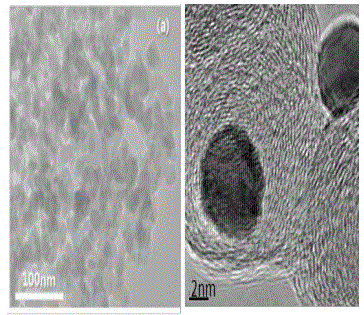International Nanotechnology Conference & Expo
April 04-06, 2016 | Baltimore, USA
A review on solution plasma process and its applications in nanotechnology
1Graduate School of Engineering, Nagoya University, Japan
2Green Mobility Collaborative Research Center, Nagoya University, Japan
3Materials, Physics and Energy Engineering, Nagoya University, Japan
4Department of Materials Science and Engineering, Nagoya University, Japan
Plasma technologies have been developed for nanomaterial synthesis and modification, including carbon related materials with various nanostructure, heteroatom nanomaterial, metallic-based particles, hydrides and oxides, and etc. The physical and chemical properties of synthesized material are highly dependent on the type of plasma and its reaction field. Plasma in liquid phase, when compared to that of plasma in gas, it can realize a higher reaction rate under lower-temperature conditions, and offer greater chemical reaction variability since the molecular density of liquid is much higher than that of gas phase. So the non-equilibrium plasma in liquid phase was called by “solution plasma”. By using solution plasma process (SPP), we can introduce variety of plasma by choosing the combinations of solvents and solutes in solutions. The schematic of SPP is displayed in Figure 1. In this presentation, the features of SPP and the applications including By using solution plasma process (SPP), we can introduce variety of plasma by choosing the combinations of solvents and solutes in solutions. In this study, we have summarized recent studies of applying SPP method to synthesize various nanomaterials for (1) Graphitic structure carbon nanosphere (CNS) as cathode material for Li-air battery application, (2) Metallic catalysts supported on CNS for cathode material with ORR catalytic activity (3) heteroatom doped carbon matrix for non-metal based ORR catalysts for fuel cell application, and (4) small molecules from natural products are being reported.



